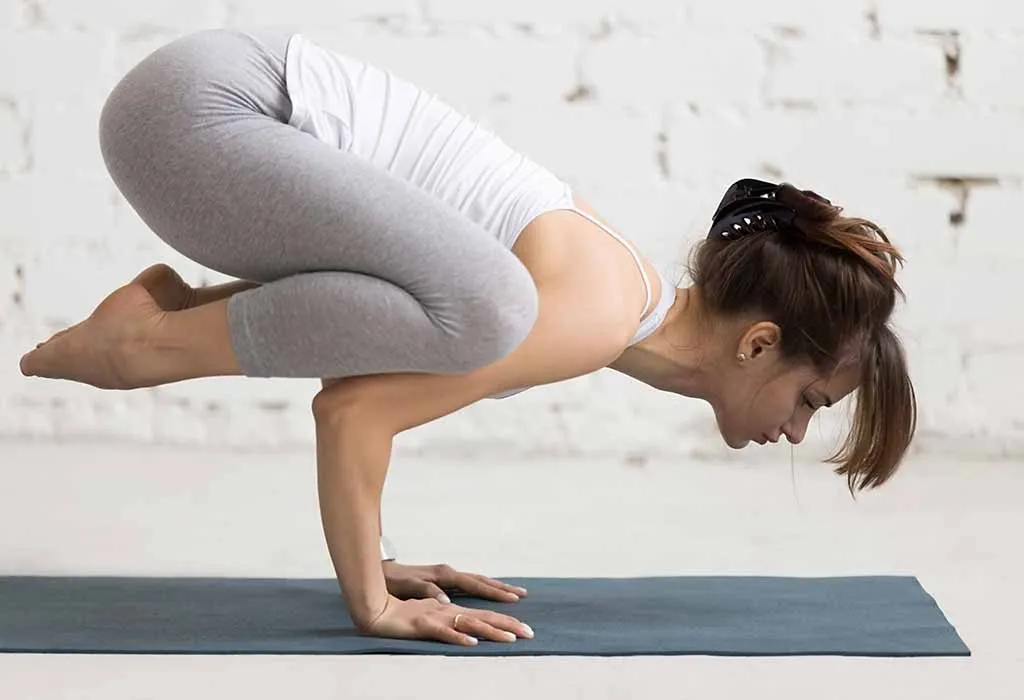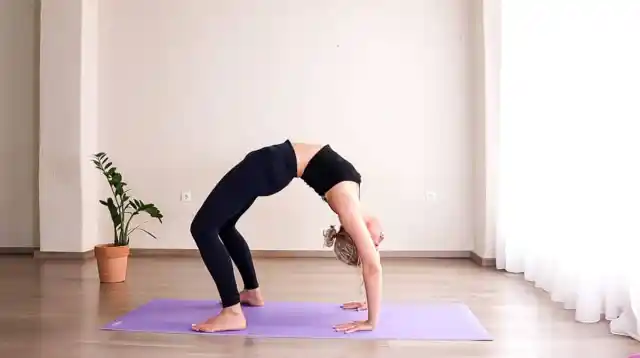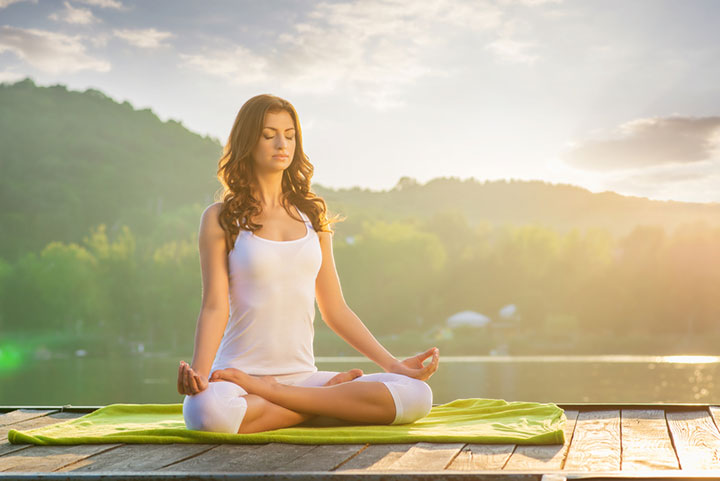Everybody has occasionally had trouble recalling names, dates, events, or even the whereabouts of certain crucial papers. The brain needs to forget and then remember things in order to be healthy and active. As important as maintaining physical fitness is keeping the mind alert. It should be kept in mind that exercising is not always about hard workouts to gain muscle. Instead, we should engage in some mental exercises. Here are several types of yoga for memory that can improve general memory function and cognitive wellness.
Read More: “Stretch Your Way to Success: Pre and Post Workout Flexibility Exercises”
According to studies, daily yoga practise has positive effects on the critical brain regions involved in enhancing mood, memory, and information processing. Yoga assists in lowering stress and anxiety levels as well as in developing a positive outlook. One component of brain health that is directly related to yoga is the regulation of mood.

Yoga Poses for Boosting Brain Power
It is thought that playing brain games may maintain mental acuity. But regular exercise can be more advantageous than anything. We participate in demanding physical activities like working out at the gym to be physically healthy, yet we completely disregard mental health.
Yoga is just as vital for memory as exercise is for physical wellbeing. Some of the most effective asanas for improving brain health are the ones listed below:
1. Mountain pose (Tadasana)
This pose assists in back strengthening and posture improvement. You’ll experience calmness, alertness, and control with improved mental awareness. Tadasana aids in better breathing by expanding the lungs. It boosts the nerve system and aids in overcoming depression. You’ll be able to concentrate on important tasks and your memory will also improve.
Steps:
- Place your feet slightly apart as you stand.
- Keep your hands at your body’s side.
- Take a deep breath in and extend your arms upward. After you’ve stretched as far as
- you can, join your fingers.
- Stand on your toes and lift your heels.
- You should feel a stretch all across your body.
- Stretch your arms, chest, and shoulders up while standing on your toes.
- Hold the position for a while.
- Inhale deeply, then raise yourself back to standing.
2. Big Toe Pose, or Padangusthasana
The pose of Padangusthasana calms the body and mind. It activates the third eye, or Ajna Chakra. The intellect and perception are connected to the ajna chakra. Additionally, the Svadhishthana Chakra—the sacrum and spleen—is opened. The subconscious mind and emotions are associated to the Svadhishthana Chakra. Regularly do this asana to ward off unfavourable feelings and ideas.
Steps:
- Remain upright. Keep your feet 6 inches apart from one another.
- Keep your hands at your body’s side.
- As you exhale, raise your arms above your head. Bring your body down to your feet as you exhale.
- Holding your toes with your fingers could help.
- Maintain the posture for at least 60 seconds.
- Inhale and rise gradually. Keep your elbows straight. Make careful to maintain straight legs.
- Breathe out and touch your toes once again.
- For increased benefit, perform this pose six to seven times.
3. Headstand pose (Sirsasana)

Sirsasana is an inverted yoga position that has significant advantages for cognitive health. Your brain’s pineal and hypothalamus glands receive better blood flow as a result. This asana, which is a component of yoga for memory power, increases the flow of natural nutrients to your brain and improves its functionality.
Steps:
- Fold your yoga mat twice. Close to the wall, keep the folded mat.
- Kneel down and cross your legs. Your legs should be supported by your buttocks. Widen your knees a little while you sit in Vajrasana Pose and maintain your elbows firmly
- planted on the mat. Your arms should be extended and your elbows should be parallel to your shoulders.
- Put your fingers together. Maintain your head’s crown on the mat by holding it there with your interlaced fingers.
- To balance and raise your legs into the air, contract your core.
- Try lifting one leg first, then the other if you are unable to lift both legs at once. By using the wall as support, you may progressively elevate both legs.
Read More: How this breathing technique might help you get quick and better sleep.








